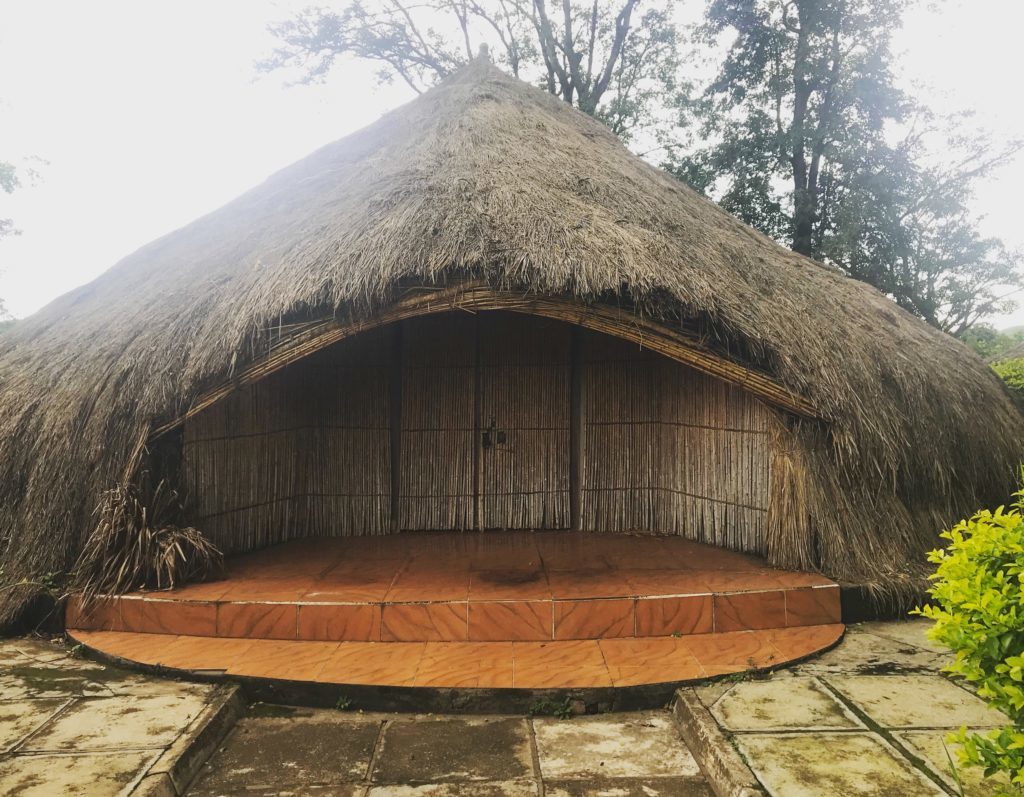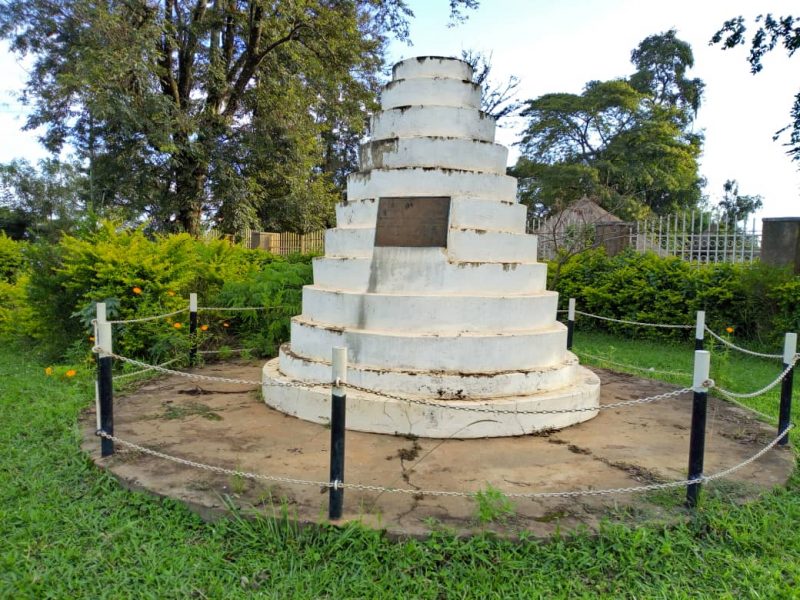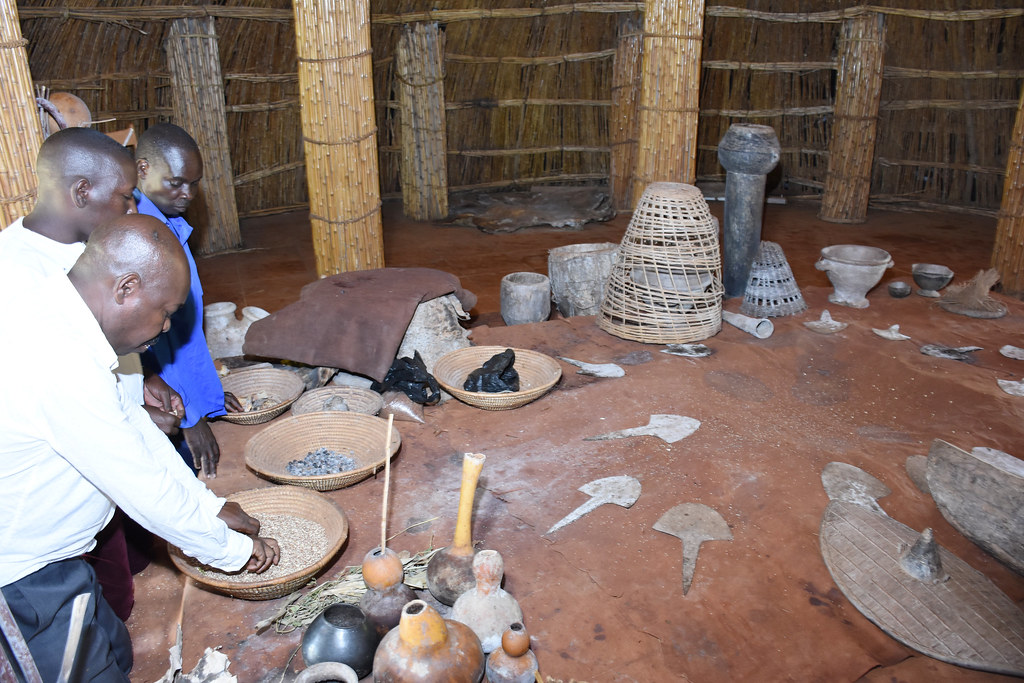
In Mparo Village, Hoima District is the Royal Burial site of Bunyoro-Kitara Kingdom-Mparo Royal Tombs. The Mparo Royal Tombs are one of the most treasured historical sites/royal tombs in Uganda alongside the Kasubi Tombs which are a UNESCO World Heritage site for the Buganda Kingdom and the Karambi tombs of Tooro Kingdom.
Bunyoro Kingdom was one of the powerful kingdoms from the 13th to the 19th century and played a key role in resisting and fighting for Uganda’s independence than under the Kingship of Kabalega Chwa II by staging rebellions. The Mparo Royal Tombs that sit on a 20sqkm of land (4km along the Hoima Masindi Road), are burial grounds for some popular kings of Bunyoro-Kitara Kingdom that include the Omukama (King) Kabalega Chwa II who died in 1923, Sir Tito Gafabusa Winyi IV, several princes, and princesses.
Right in front of the gate of the tombs, is a cone-shaped monument situated where they say to be the point where the German Explorer Sir Emin Pasha met Omukama Kabalega in 1871. It has 12 steps which are the days that the explorer finished at the palace trying to convince the king to accept the colonial rule.

The tombs/site has taboos and customs they follow before entering and top of these is security and you will be thoroughly searched prior to entering, you make a confession about several things that include extramarital affairs. If you have had the affair the night before, you cannot enter the tombs.
Inside the tombs, are the remains of the former Kings who are laid in small sepulchers. These are enclosed with bark cloth pieces (bark cloth is made from particular cultural trees. There is also Royal Regalia and tools like spears, shields, smoking pipes, calabashes, drums, stools, hides and skins of animals (Lions and Leopards), flutes, beads, crowns, and all that were used by the respective Kings during their regions.

The sepulcher of King Kabalega Chwa II is the largest at the site. He is remembered for his brevity and extraordinary effort to protect the Bunyoro Kitara Kingdom from the British and Buganda Kingdom. He is a key figure in Ugandan History for putting on resistance against imperialism.
The Mparo Royal Tombs have a rich history and culture at their disposal. One of the strangest is the belief about the King’s death and marriage, that when a King marries from a clan, he has married all the women in the clan, so if he dies the woman he has left a widow is not allowed to marry anyone and the King should always have a woman alive. If the wife to the king or deceased King dies, a sanctified ceremony is conducted in the Kingdom and an heiress is chosen to take up the place of the widow. This is done to keep the bond of the King and the clan even after his death. At the site, one Ms. Fatuma Nyabigambo now 92 (2022) is the successor/heiress of Majuna Timbigambwa who was also one of King Kabalega’s wives.
The tombs of the Kings are made with trees and roofed with reeds. It is one of Uganda’s greatest historical and cultural sites. If you were looking to explore Uganda’s exceptional culture, it is one to consider as it hosts remains of Africa’s greatest kings, history of partition and scramble, colonialism, and trade.
King Kabalega Chwa II, was a great king and is one never forgotten or yet to forget because most properties in the region are named after him. Schools like Kabalega Secondary School, Kabalega College, and accommodation facilities like Kabalega Wilderness Lodge, Kabalega Dinners, among others. People still visit the Mparo Tombs to honor him and seek inspiration.
If you are transiting between Murchison Falls national park and Fort Portal, you can have stop and visit the tombs on those transfers.
